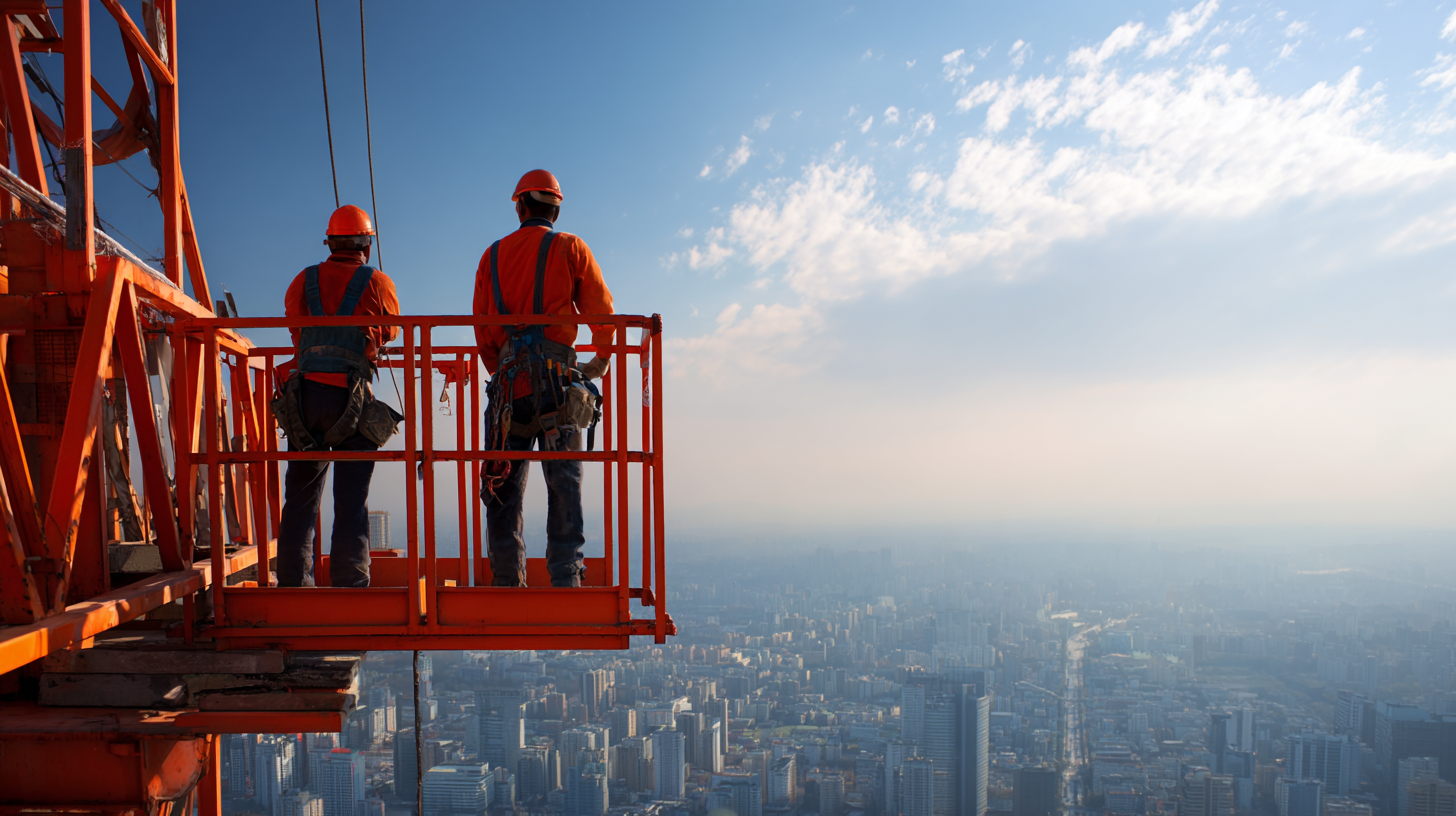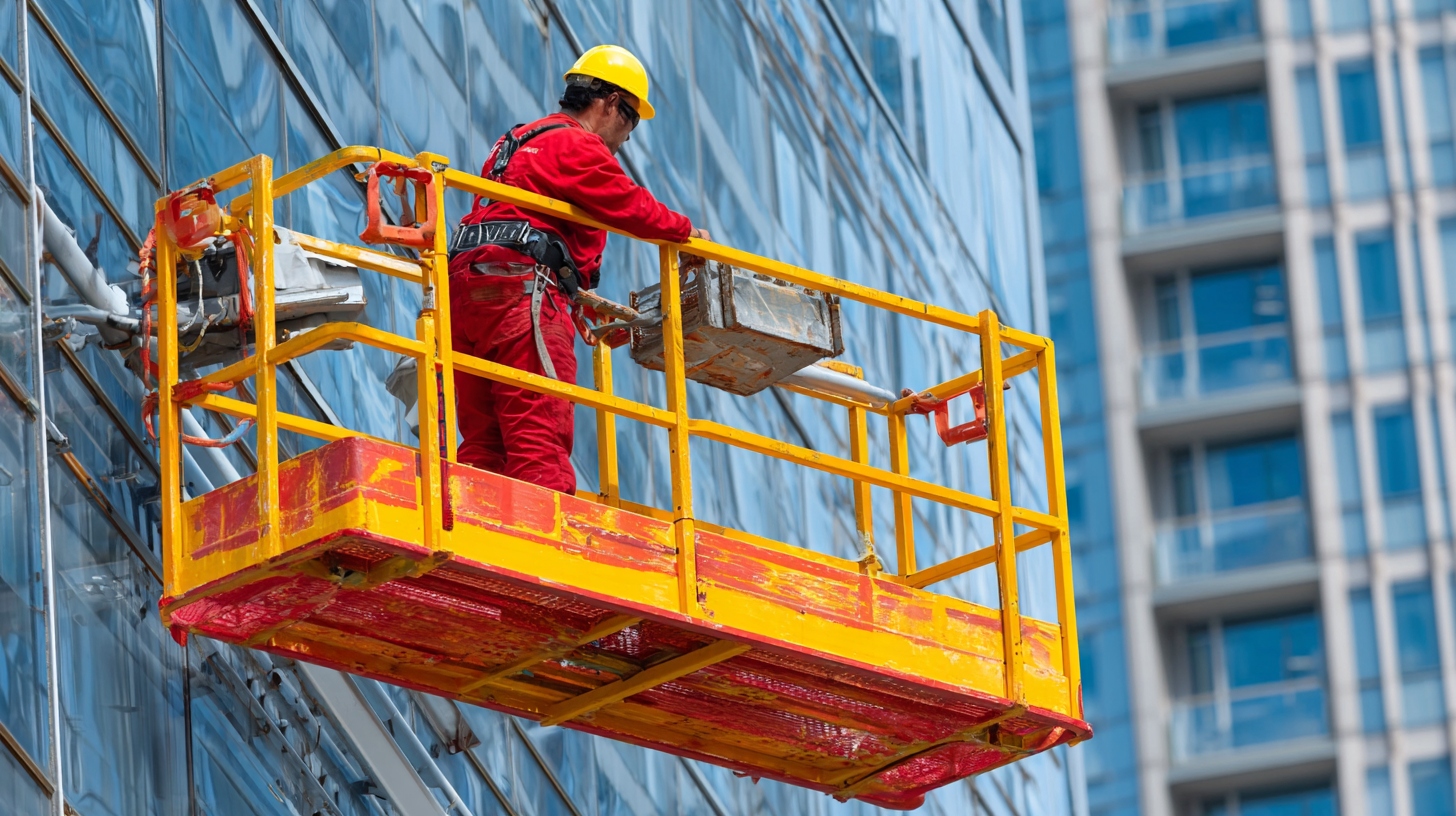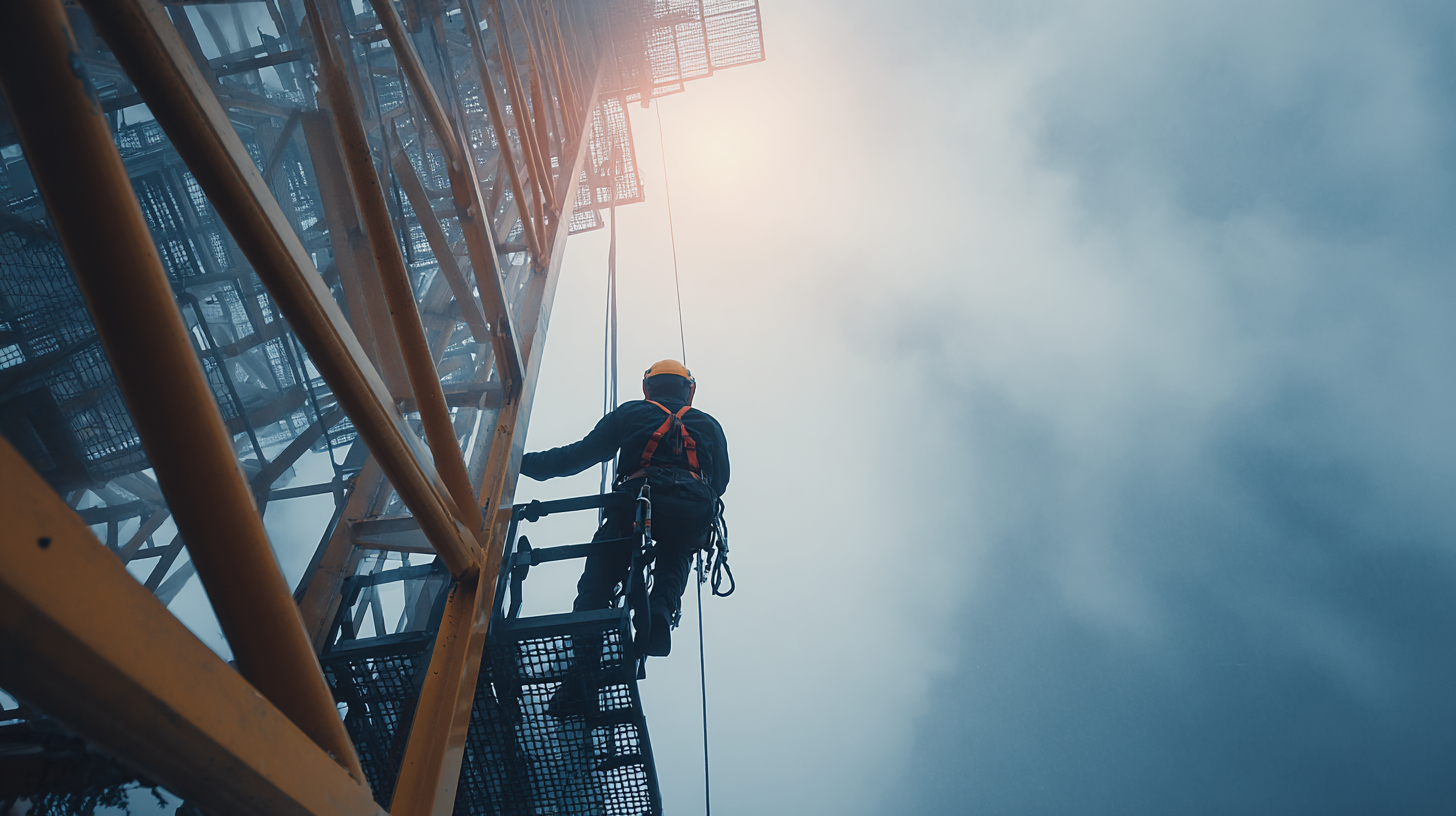Mastering Elevated Work Platform Safety: A Step-by-Step Tutorial for Global Buyers
In today's fast-paced construction and industrial environments, the significance of Elevated Work Platform Safety cannot be overstated. These platforms, designed to provide access to elevated areas, play a crucial role in enhancing efficiency and productivity; however, they also pose unique safety challenges that demand careful management. This blog aims to provide global buyers with a comprehensive step-by-step tutorial focusing on the myriad benefits of prioritizing safety protocols while utilizing elevated work platforms. By understanding the essential safety measures and best practices involved, operators not only protect their workforce but also optimize the operational effectiveness of their projects. This introduction reinforces the value of maintaining stringent safety standards to minimize risks and ensure sustainable success in the use of elevated work platforms.

Understanding Elevated Work Platforms: Types and Uses for Global Buyers
Understanding Elevated Work Platforms: Types and Uses for Global Buyers
Elevated work platforms (EWPs) are essential for various industries, including construction, maintenance, and warehousing. These platforms come in several types, such as scissor lifts, boom lifts, and vertical mast lifts, each designed for specific tasks. For instance, scissor lifts provide stable elevation for tasks requiring horizontal reach, while boom lifts are ideal for accessing high or hard-to-reach areas. According to industry data, the global market for EWPs is projected to reach USD 20 billion by 2025, driven by increased urbanization and infrastructure development.
In addition to their diverse applications, EWPs also enhance workplace safety. The Occupational Safety and Health Administration (OSHA) emphasizes that proper training and safety protocols are crucial when operating these platforms. Reports indicate that workplaces with robust EWP safety programs see a 40% reduction in accidents. This statistic highlights the importance of investing in safety measures and training, particularly as construction activity continues to grow globally. For global buyers, understanding the types and uses of EWPs not only supports operational efficiency but also aligns with safety regulations, ensuring a sustainable approach to worksite management.

Essential Safety Guidelines for Operating Elevated Work Platforms
When operating Elevated Work Platforms (EWPs), safety should always be the top priority. It is essential for operators and team members to fully understand the safety guidelines that govern the use of these machines. Firstly, before any operation, a detailed pre-use inspection is crucial. Operators should check for any visible defects, ensuring that all safety devices are functional. Moreover, understanding the machine's load capacity and the working environment—such as overhead hazards and ground stability—can prevent accidents before they happen.

Common Hazards and Risk Mitigation Strategies in Elevated Work Platform Use
Elevated Work Platforms (EWPs) are essential tools in various industries, yet they come with significant hazards. According to the U.S. Bureau of Labor Statistics, falls are one of the leading causes of serious injuries and fatalities in the construction sector, accounting for approximately 33% of all construction-related deaths. Safety considerations must focus on common hazards, including falls, instability, and electrical risks. Implementing proper training and ensuring equipment is regularly maintained can drastically reduce these risks.
Effective risk mitigation strategies involve a thorough assessment of the work environment and equipment before operation. The Safety and Health Administration (OSHA) highlights the importance of using personal protective equipment (PPE), such as harnesses and helmets, which can lower the risk of severe injury by up to 60%.
It's also crucial to establish a method of communication among team members while operating EWPs, as distractions and misunderstandings can lead to accidents. Regular safety audits and adherence to a comprehensive safety plan not only protect workers but also enhance operational efficiency, making a strong case for prioritizing safety in the use of elevated work platforms.
Regulatory Compliance and Standards for Elevated Work Platform Safety
In the realm of elevated work platforms (EWPs), safety compliance is not merely a recommendation but a critical necessity. According to the International Labor Organization (ILO), the construction industry accounts for nearly 60,000 fatalities annually, underscoring the importance of adhering to safety standards. Regulatory bodies, such as OSHA in the United States, enforce regulations that require routine inspections and adherence to comprehensive safety guidelines. For example, ANSI/SAIA A92 standards outline essential specifications concerning the design, safe use, and training of EWP operators, ensuring a proactive approach to reducing workplace accidents.
Globally, the evolving regulatory landscape demands that buyers remain vigilant about compliance. The European Directive 2006/42/EC mandates that all EWPs in Europe conform to safety requirements and undergo annual inspections. Furthermore, a report by Grand View Research predicts that the elevated work platform market will expand significantly, reaching a value of $17 billion by 2025. This growth is accompanied by increased scrutiny on safety practices. Buyers must not only invest in the latest equipment but also familiarize themselves with pertinent local and international regulations to ensure the safety of their operations and crews, thereby fostering a culture of safety that transcends borders.
Training and Certification Requirements for Elevated Work Platform Operators
When it comes to operating elevated work platforms (EWPs), proper training and certification are essential to ensure safety and compliance with regulations. Operators must undergo comprehensive training programs that not only cover the technical aspects of operating these machines but also emphasize the importance of hazard recognition and risk assessment. It's crucial for operators to be equipped with the knowledge of specific equipment types, as well as the safe practices associated with their use.
Tips for successful operator training include encouraging hands-on practice under supervised conditions, which helps reinforce theoretical knowledge. Additionally, operators should be familiar with local and international safety standards, as these can vary significantly and may affect the requirements for certification.
Ongoing education is also vital; operators should engage in refresher courses to stay updated on the latest safety protocols and equipment advancements. Providing a supportive environment that promotes open dialogue about safety issues can foster a culture of safety within the workplace, ultimately enhancing the overall effectiveness of EWP operations.
Mastering Elevated Work Platform Safety: Training and Certification Requirements
This chart illustrates the training and certification requirements for Elevated Work Platform operators in various regions worldwide. The data reflects the percentage of organizations that meet the specified training standards.
